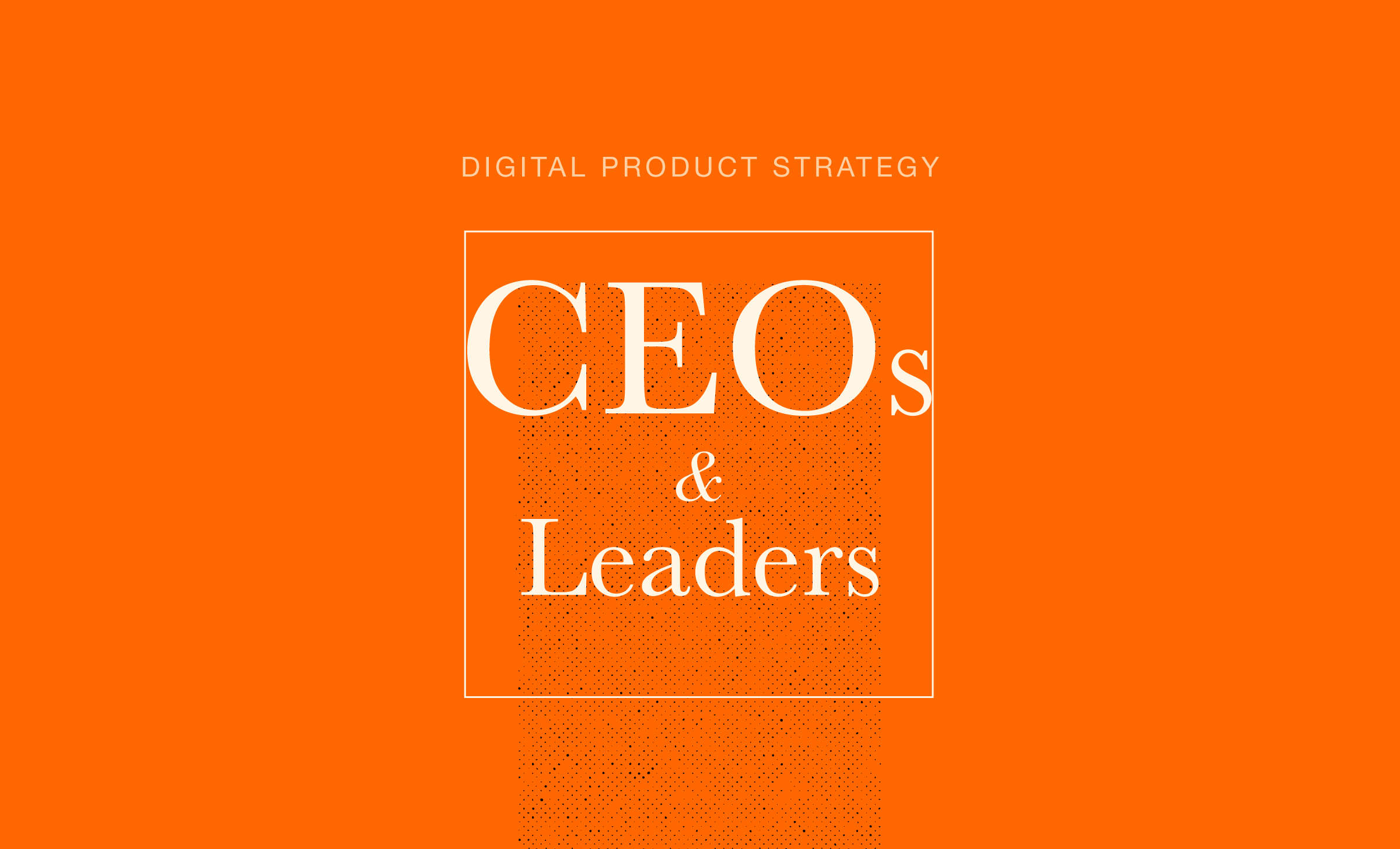Don't Sell User Experience. Really. Don't.
3 min read
User experience, for all its trendy power, is still something of a mystery for development-centered organizations, which don’t know quite how to sell the concept to decision makers. The answer is simple and only one word: Don’t.
How do you convince your client or internal stakeholders that UX is needed? More to the point, how do you get them to pay for it?
You don’t. Don’t try to convince clients or stakeholders that UX is important. Don’t tell them they need it. And certainly, don’t ask them to pay for it. Yes, you read that right.
UX and Readiness
If a company or group does not grasp the value of solid user experience, there is precious little you can do to convince them otherwise. If they do not already accept that better UX makes for better, more competitive products, they certainly won’t be interested in paying for it. They are not ready. It’s as simple as that. Don’t waste your breath arguing against this particular brick wall.
Some organizations do show a glimmer of desire for better user experience. This impulse may stem from the pain of poor product UX, or perhaps the decision maker has heard about a nifty new fad called UX and are playing buzzword bingo. Either way, in this situation, UX is now in the conversation. You might see this as an opportunity to convince someone about the value of UX. The answer here is still: Don’t.
The Best UX Stance
Your position should remain unchanged whether or not organizations are ready for better user experience. Solid user experience is essential to exceptional digital products. And certainly, your stance on the value of UX should be unaffected by an organization’s budgetary appetite. Better digital products drive revenue and profit.
You can’t browbeat decision makers into agreement with these truths. They must come to the realization on their own. Freed from the burden of persuasion, you can treat UX as it should be treated, as an integral part of what you do and what you make. Here’s how:
Avoid the “Extra” Label
Don’t treat UX as special or supplemental to development. As long as UX is seen as an additive, it will be seen as optional, easily ignored and destined to be scratched from the MVP list.
Bake User Experience In
Make solid user experience so fundamental to your process that it becomes mundane. Frame it as a completely ordinary, natural part of what you do. Think of UX as you think of requirements. Every digital product has them. They are normal. You budget for requirements. Do the same for UX.
Focus on Quality
Think of great user experience as a measure of product quality. The right user experience will increase product efficiency, productivity, usability, adoption, engagement, speed, and yes, satisfaction. These are all signs of quality. Are you in the habit of selling quality a la carte? I hope not.
Higher quality products will enhance your reputation. Instead of being seen merely as a competent, experienced development house, you’ll become known as the team that makes exceptionally easy to use, highly sought-after digital products.
The Fusion of Development and UX
It’s not your job to convince people to want useful apps, sites, or software. It’s not your job to peddle user experience as some mysterious secret sauce decision-makers might add to their product. That’s folly. Trying will get you precisely nowhere.
You’re out to make the highest-quality digital products you can and to solve complex problems wonderfully and efficiently. Deeply integrating UX into your offering is one of the best ways to do this. That means making UX inseparable from development itself.
Once you do this, the quality of your work will skyrocket. There will be no reason to call out UX as a line item. You’ll no longer have a need to explain or justify it at all. You certainly won’t have to sell it.
Save all that energy for the work itself.





